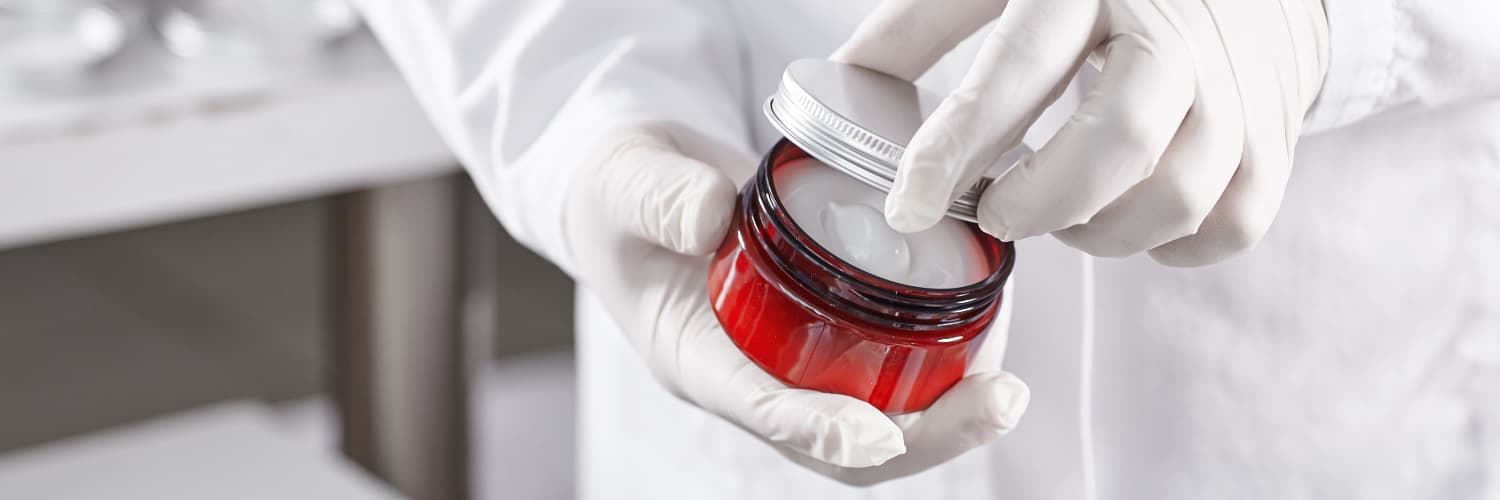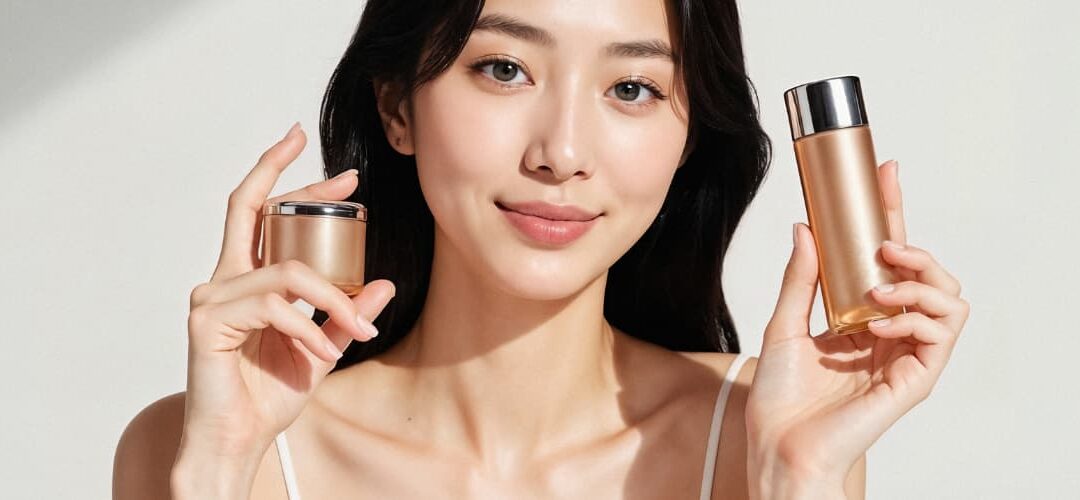| Section | Summary |
|---|---|
Introduction |
Provides an overview of South Korea’s booming cosmetics market and outlines the purpose of highlighting packaging’s role in quality control. |
South Korea’s Cosmetics Market at a Glance |
Discusses the size, growth rate, and consumer expectations of the South Korean beauty industry, setting the context for why packaging quality is so crucial. |
Importance of Packaging in the Cosmetics Industry |
Explores how South korea cosmetics packaging contributes to brand image, protects products from damage or contamination, and meets regulatory and labeling requirements. |
Common Packaging Materials and Considerations |
Reviews the advantages and drawbacks of plastics, glass, and paper-based options, as well as the balance between functionality and aesthetics. |
Quality Control Challenges in Cosmetics Packaging |
Covers the main obstacles companies face, such as regulatory compliance, material compatibility, complex supply chains, and the potential impact on brand reputation. |
Key Quality Control Methods and Tests |
Details technical procedures such as visual inspection, physical tests, chemical resistance evaluations, and labeling verification that ensure safe, durable packaging. |
Regulatory Framework and Best Practices |
Explains the role of the Ministry of Food and Drug Safety (MFDS), international standards like ISO 22716, sustainability targets, and the concept of continuous improvement. |
Conclusion |
Summarizes how packaging quality control underpins product integrity, brand reputation, and consumer trust in South Korea’s competitive cosmetics market. |
Did you know that 70% of consumers form their initial impression of a product based on its packaging? In the world of cosmetics, packaging is more than just a container—it’s a statement of quality, trust, and brand identity. As a global leader in the cosmetics industry, South Korea has set benchmarks not only for innovative formulations but also for packaging excellence that appeals to customers worldwide.
In this article, we will explore the importance of packaging in the South Korean cosmetics industry and discuss how quality control plays a critical role in meeting consumer expectations, maintaining brand reputation, and complying with regulations.
1. Introduction
South Korea’s rapid growth in the cosmetics sector has attracted global attention. In 2022, Korean cosmetics exports surpassed 10 billion US dollars, reflecting the country’s strong position in the global beauty market. This growth has been driven by various factors, including a focus on research and development, cutting-edge formulations, and the popularity of Korean pop culture worldwide. Amid this rising demand, the role of packaging has become even more essential.
Packaging does far more than just hold a product. It protects it from damage, ensures hygiene, and preserves the product’s quality during transportation and storage. Well-designed packaging can also appeal to consumers, communicate brand values, and help companies stand out on store shelves. At the same time, it must meet strict guidelines set by both local and international regulatory bodies. These considerations make packaging a strategic element of the South Korean cosmetics industry.
2. South Korea’s Cosmetics Market at a Glance
To understand why packaging is so vital, it helps to look at the bigger picture of the cosmetics
market in South Korea. Analysts estimate that the industry has been growing at a rate of around
8–10% annually. With over 2,000 registered cosmetics manufacturers, competition is fierce. This
environment pushes companies to be innovative not only with their product formulas but also with
how they package these products.
High consumer expectations also play a major role. South Korean consumers tend to be early adopters
of new beauty trends, and they pay close attention to product details, such as ingredient lists,
expiration dates, and overall design. As a result, packaging often accounts for 10–15% of total
manufacturing costs, reflecting how important it is in both a functional and marketing sense.
3. Importance of Packaging in the South Korean Cosmetics Industry
3.1 Brand Image and Differentiation
In a market as competitive as South Korea’s, brand image can make or break a product. Packaging design is one of the most direct ways to tell a brand’s story. Color schemes, fonts, and even the shape of a container all convey ideas about quality and identity. A product aimed at a high-end audience might use sleek glass bottles with metallic accents, while a more playful brand might opt for bright colors and whimsical shapes.
3.2 Quality Assurance and Product Protection
Packaging must prevent contamination, leakage, or damage. Many cosmetics are sensitive to light, air, and temperature. If these factors are not controlled, the product can deteriorate or even become unsafe to use. South Korean companies therefore invest in high-grade materials that can maintain a product’s integrity. This could include airless pumps that reduce exposure to oxygen or double-sealed caps that prevent tampering.
3.3 Regulatory and Labeling Requirements
Labels must include ingredient lists, usage directions, and warnings in a clear, readable format. In South Korea, the Ministry of Food and Drug Safety (MFDS) enforces strict rules regarding labeling and packaging. If a label is inaccurate or missing required information, it can result in fines, product recalls, or damage to the brand’s reputation. For products intended for export, companies must also comply with international regulations, such as those from the European Union or the United States Food and Drug Administration (FDA).

5. Quality Control Challenges in Korean Cosmetics Packaging
5.1 Regulatory Compliance
Meeting regulatory standards in South Korea and abroad is a complex task. The MFDS sets guidelines for cosmetic labeling and safety checks. Failure to comply can result in penalties, including product removal from the market. Companies exporting to multiple regions may have to modify their packaging to meet the specific requirements of each market. This makes the process more demanding.
5.2 Material Compatibility
Packaging materials must not chemically interact with the product inside. For instance, certain formulations containing acids, essential oils, or other reactive ingredients can damage plastic or cause changes in the product’s quality if the packaging is not carefully chosen. Technical tests must be done to ensure no harmful substances leach into the product and that the package stays intact for the product’s lifespan.
5.3 Supply Chain Complexity
Many brands source their packaging materials from specialized suppliers. This means trusting external partners to meet quality standards and deadlines. Delays in packaging delivery or defects can hold up production. Moreover, if the packaging arrives damaged or poorly printed, it can affect the brand’s image. Clear communication and frequent quality checks are vital in these partnerships.
5.4 Brand Reputation
In a market known for its discerning customers, even small packaging errors can lead to negative reviews. Social media allows complaints to spread quickly. If a company faces repeated packaging complaints, it may struggle to regain trust. Therefore, brands invest in both technology and human expertise to identify issues before products reach store shelves.
7. Regulatory Framework and Best Practices
7.1 Ministry of Food and Drug Safety (MFDS)
The MFDS enforces laws related to cosmetics safety, labeling, and marketing. It conducts random inspections and can impose penalties if products fail to meet requirements. For local brands, adhering to these regulations is not just about avoiding fines—it is also crucial for gaining consumer trust in a market that prizes transparency and reliability.
7.2 International Standards
Many South Korean cosmetics companies operate globally, which means complying with regulations in multiple countries. ISO 22716, known as the Good Manufacturing Practice (GMP) guidelines for cosmetics, is often adopted to streamline production and quality control. External audits by accredited bodies can help companies prove their commitment to maintaining high standards, an important factor in building global credibility.
7.3 Sustainability Initiatives
With consumers increasingly conscious of environmental issues, many South Korean brands set internal targets to reduce plastic usage by a certain percentage each year. Others focus on biodegradable or easily recyclable packaging materials. These efforts not only help the environment but also appeal to a growing segment of eco-conscious consumers who actively seek out brands with responsible packaging.
7.4 Continuous Improvement
South Korean companies regularly update their packaging designs and quality control methods based on consumer feedback, market trends, and regulatory changes. They might introduce new packaging technologies or forms of automation to minimize errors. Through ongoing internal reviews, staff training, and external collaborations, these companies maintain a culture of continuous improvement that supports their reputation for high-quality products.
8. Conclusion
South Korea cosmetics packaging industry is a dynamic and highly competitive market that continues to shape global beauty trends. Packaging is a key factor in this success, playing a critical role in product protection, branding, and compliance with strict regulations. As we have seen, the entire process—from material selection to labeling and final inspection—requires careful planning and technical expertise.
Quality control is at the heart of this effort. Through visual checks, physical tests, chemical resistance studies, and labeling verifications, companies ensure that consumers receive safe, well-preserved products. By maintaining robust quality control systems, South Korean cosmetics packaging brands build trust in an industry where reputation is extremely valuable.

